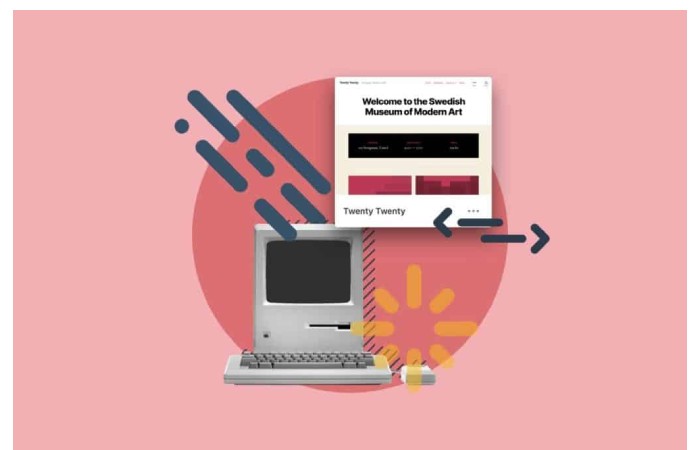The Importance of Theme in Design – In design, a theme is a central idea or concept that guides a project’s overall look and feel. It can be anything from a specific color palette to a general mood or atmosphere. Themes can remain used to create a sense of unity and coherence in a design, and they can also remain used to communicate a message or evoke an emotional response from the viewer.
There are many different ways to use themes in design. One common approach is to use a single color palette throughout a project, and it can create a sense of calmness and serenity or be used to create a more dramatic or exciting effect. Another common approach is to use a specific pattern or texture, and it can add visual interest and depth to a design and create a sense of movement or energy.
In addition to using colors and patterns, themes can remain created through typography, imagery, and even sound. For example, a design with a playful theme might use bright colors, whimsical fonts, and cartoon-like imagery. On the other hand, an arrangement with a more severe theme might use muted colors, traditional fonts, and realistic imagery.
The choice of theme is an important one, as it can significantly impact the overall success of a design project. When choosing a theme, it is essential to consider the target audience, the purpose of the design, and the desired outcome. By carefully considering these factors, designers can create visually appealing and effective patterns to communicate their message.
Here are Some of the Benefits of Using Themes in Design:

- The Importance of Theme in Design – Themes can help to create a sense of unity and coherence in a design. When a single subject is the base of all design elements, it creates a more cohesive and visually appealing overall look.
- Themes can help to communicate a message or evoke an emotional response from the viewer. By choosing a suitable theme, designers can create designs that resonate with their target audience and leave a lasting impression.
- Themes can help to make a design more memorable. A pattern based on a solid subject will likely stick in the viewer’s mind.
- Themes can help to set a mood or atmosphere. Using the right colors, patterns, and textures, designers can create designs that evoke a specific mood or atmosphere.
Below are Some Tips for Choosing and Using Themes in Design:
- Consider the target audience. When choosing a theme, it is essential to consider the target audience for the design. What are their interests? What kind of message do you want to communicate to them?
- Consider the purpose of the design. What is the purpose of the design? Are you trying to sell a product? Educate the audience? Create a brand identity? The aim of the pattern will help you to choose a suitable theme.
- Consider the desired outcome. What do you want the viewer to do after they see the design? Do you want them to buy a product? Sign up for a newsletter. Visit a website? The desired outcome will help you to choose a suitable theme.
Here are Some Examples of How Themes Can Remain Used in Design:
- A children’s clothing store website might use a playful theme with bright colors, whimsical fonts, and cartoon-like imagery.
- A brochure for a new car might use a sleek and modern theme with muted colors, traditional fonts, and realistic imagery.
- A poster for a concert might use a vibrant and energetic theme with bold colors, abstract patterns, and dynamic imagery.
Using themes in design is a powerful way to create visually appealing and effective techniques. By carefully considering the target audience, the purpose of the pattern, and the desired outcome, designers can create visually appealing designs that effectively communicate their message.
Conclusion
The Importance of Theme in Design – A theme is a unifying or dominant idea or motif to create a cohesive and visually appealing design. You can use it in various design contexts, including graphic design, web design, interior design, and product design. When choosing a theme for a pattern, it is essential to consider the target audience, the design’s purpose, and the project’s overall style.
This post was created with our nice and easy submission form. Create your post!



GIPHY App Key not set. Please check settings